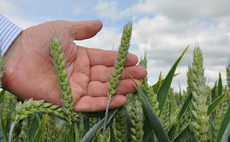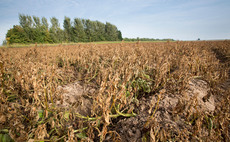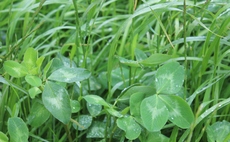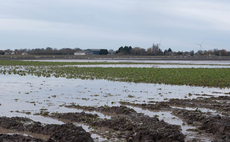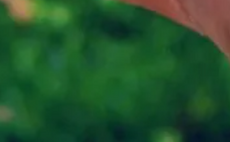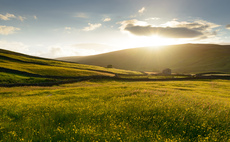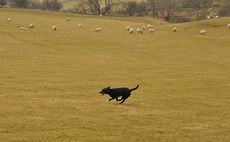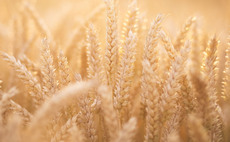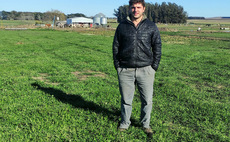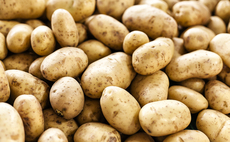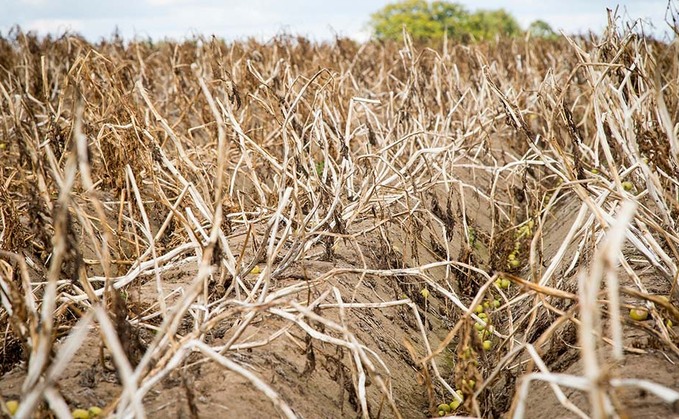
Potato growers should be aware that rate of foliage desiccation between different treatments does not correlate well with skin set.
Presenting research done in the 2019 season looking at alternatives to diquat for desiccation in an AHDB webinar, Dr Mark Stalham of NIAB CUF said Finalsan (pelargonic acid) was much slower to kill canopies and PPO inhibitors such as Spotlight (carfentrazone) and Gozai (pyraflufen), slightly slower than Reglone (diquat), but skin set did not follow the same time pattern.
He said: "A guide to skin set would be three weeks post-T1 application, but a more quantitative and rapid measure of skin set in the field would be useful."
In recent work for the 2020 season a torque screwdriver with dowel glued to its end has been used to measure skin set but is still being evaluated.
When applying PPO desiccants, Dr Stalham advised aiming for early- to mid-morning application to give the chemical maximum time to kill cells. "Time of application for Spotlight/Gozai can be more crucial later in the season when it is cooler."
In dry soils, skin set is faster, said Dr Stalham. "Most sites desiccated had wet soil in 2019 and it would be expected that this would result in slower skin set than in dry soils. The timing of the last irrigation prior to desiccation, particularly for salad crops, will influence skin set. Aim to stop irrigation for seven days prior to desiccation."
Delay
There is a 1-2 day delay in skin set for carfentrazone/pyraflufen compared to diquat, flail, haulm-pulling or Saltex treatments, and this should be factored into any harvesting schedule, advised Dr Stalham.
In the research, crops indicating signs of active senescence - (ground cover less than 98 per cent) lodging, brittle leaf texture and paler green colouration - responded rapidly in terms of leaf death when chemical desiccation took place. Where crops did not demonstrate these symptoms, leaf death was more prolonged.
In crops or at sites which have difficulty in achieving skin set owing to active green canopies at desiccation, Dr Stalham suggested trying 10 per cent less nitrogen than the RB209 recommendation to try to advance canopy senescence.
Further research findings
- Skin set depends on a combination of factors, not just leaf death. Length of time for stem desiccation in the variety Royal delayed skin set despite the fairly rapid loss of leaf cover after chemical desiccation or flailing.
- Mechanical methods such as flailing or haulm pulling stop bulking immediately, but there is little evidence that ‘passive bulking' differs across chemical treatments.
- It is important to kill all leaves and prevent regrowth for control of tuber blight or virus infection in seed.
- Defoliation method, chemical used or timing has little effect on vascular browning, stem-end necrosis or stolon adhesion or on rotting or skin blemishing diseases, either pre- or post-storage.
Source: AHDB Potatoes



